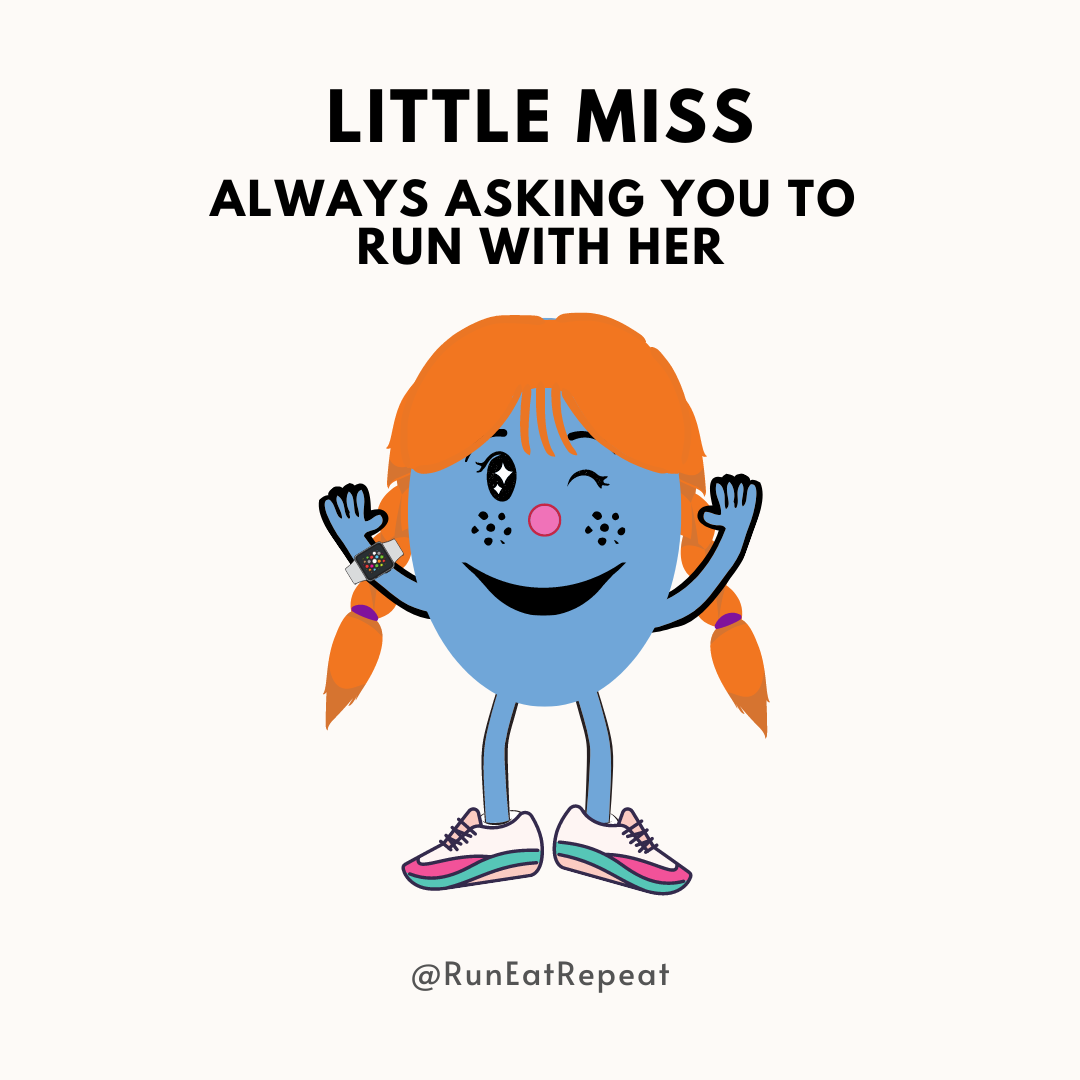The ultimate all-around health supplement — which boosts your brain, enhances your energy, fires up your fitness, and pushes your performance potential — may also be the simplest and most obvious: water.
As we learned in Biology 101, water is a critical aspect of every single one of the body’s cells and systems. Drinking enough of it is key to organ and muscle function, cognitive health, athletic powers, exercise recovery, and overall get-up-and-go vitality.
“Water is like oxygen” for our bodies, says Stavros Kavouras, PhD, FACSM, director of Arizona State University’s Hydration Science Lab. That’s because some 60 percent of the human body is water: The brain and heart contain 73 percent water, and even bones are watery — 31 percent. Plus, that water carries the chemicals essential for living and thriving.
“When you’re well hydrated, your body’s cells, tissues, and organs have a proper balance. They do what they need to do without any disruptions,” explains nutrition coach Paul Kriegler, RD, director of nutritional-product development at Life Time. “That means delivering nutrients or energy or oxygen to tissues and cells and efficiently removing any waste produced. The fluid medium is required for all of that to happen.”
While it’s no secret that water is vital, getting the right amount with the right mix of sodium, potassium, and other essential minerals (known as electrolytes) can be a delicate balancing act. Mess with the fluid levels in your body and you risk upsetting this equilibrium.
Electrolytes are essential to our body’s function. They are electrically charged minerals that regulate blood pressure and muscle contractions. They help produce energy, too.
Yet it’s possible to get too much or too little of a very good thing.
Drinking too little water can lead to underhydration, which can cause lethargy, brain fog, headaches, digestive troubles, and difficulty recovering from workouts. Push the deficit too far, and you face dehydration, a more serious metabolic condition.
On the other hand, drinking too much water can result in overhydration, where the chemicals necessary for cell function can become too diluted; this can cause nausea and vomiting, headache, confusion, dizziness, lightheadedness, and fainting.
Complicating the issue is the ever-rising, ever-confusing popularity of Hydration (with a capital H) as a trend, research topic, and big-bucks industry.
In recent years, athletes at all levels have begun paying more attention to how fluid intake affects their performance, and companies have stepped up to the task of marketing hydration to the public. In addition to the long-popular Gatorade, accessories such as Nalgene hip flasks, streamlined CamelBaks, and brightly colored handheld bottles from companies like Nathan have become de rigueur for athletes, especially runners, hikers, and other endurance-sport enthusiasts.
Today, it’s common to see water dressed up in a dizzying array of fancy colors and infused with vitamins and minerals, A through zinc. Electrolyte packets and tabs are ubiquitous, as are bottles of enhanced water loaded with everything from caffeine to protein.
These zhuzhed-up waters promise more of everything — energy, immunity, performance. And the new breed of water bottles offers bells and whistles, like charged crystals purported to align our chakras and motivational sayings to help us drink our “daily gallon.”
Teens and celebrities alike tote water bottles that seem better suited for an Everest expedition than a run around the block or the TikTok videos in which they’re featured.
The reality is that hydration is not a fitness fad or a fashion accessory. News sources report that 75 percent of Americans are regularly dehydrated — though that’s misleading, says Kavouras. “Clinically speaking, they’re not ‘dehydrated’; they’re not going to drop dead. However, they’re not drinking adequate amounts of water.”
Which leads one to wonder: What is adequate?
As with many queries relating to health and fitness, the answer is “It depends.” Personal characteristics (such as age, body size, and medical conditions) play a part, as do lifestyle factors (like stress and activity levels). Environmental issues, including temperature, humidity, and altitude, to name a few, matter as well.
It sounds complicated, but it doesn’t have to be. A combination of scientific evidence and unique-to-you trial and error can help shift hydration from a top-of-mind concern to a consistent habit that helps you live and perform at your best.
Simply put, says Kavouras, “Drinking water should be so natural that you don’t even think about it.”
Our experts sort through the hype and break down everything you need to know to stay well hydrated — without stressing over every sip.
Getting the Water You Need
Conventional wisdom long held that the average person needs 64 ounces, or eight 8-ounce glasses, of water daily. “Gym wisdom,” meanwhile, maintained that an ounce per pound of your body weight, an ounce per pound of lean body mass, or a full gallon per day was the goal.
The National Academy of Medicine, which issues official U.S. nutritional guidelines, advises a middle ground: 125 ounces a day for men and 91 ounces a day for women, including water consumed through food sources. These recommendations correspond to adequate hydration levels for the average American.
If you crave a bit more specificity, particularly about how activity affects hydration needs, Kriegler suggests the following equation: “Half an ounce per pound of body weight per day is a good estimate. And then add another 16 to 24 ounces per hour of sweating.”
For example, a 160-pound person would plan on consuming 80 ounces, preferably evenly staggered throughout the day, and drink an additional 20 or so ounces during or around an hourlong workout.
Timing Your Hydration
While 100 ounces may seem like a large amount, sipping water throughout the day makes it manageable — and more beneficial than chugging it all at once to make up a deficit.
Build a habit of sipping water intermittently and regularly. Start as soon as you wake up, says Kriegler, to compensate for water lost through respiration and perspiration overnight.
Slow down your consumption later in the day. Downing glass after glass, especially toward the end of the day, can not only lead to overhydration but also cause you to feel bloated, lose your appetite, and wake up throughout the night.
Kriegler adds that some people might choose to avoid consuming fluids around mealtimes if drinking water with food causes digestive discomfort.
For exercisers, the American College of Sports Medicine advises drinking water slowly and moderately in the hours before a workout and sipping throughout your workout, regardless of whether you feel thirsty.
The Trouble With Too Little
Even a moderate level of underhydration has significant effects on your body. By some estimates, a mere 2 percent loss of body mass from dehydration can affect cognition, causing fuzzy thinking and impaired memory. Skin becomes drier. Muscles tire more quickly and become prone to cramping.
Blood, which is more than 80 percent water, thickens in the face of fluid depletion. This forces your cardiac system to work harder and reduces your body’s ability to deliver nutrients, energy, and oxygen to the tissues that need it, says Kriegler.
Cell metabolism slows down. Our kidneys require water to usher out waste, and without adequate fluids, that waste can build up in the body, potentially resulting in painful kidney stones.
“Everything your body tries to do gets harder when you’re dehydrated,” he concludes.
Moreover, explains Kavouras, “low drinkers” produce higher levels of the stress hormone cortisol and often experience slower metabolism. They’re at more risk of developing hyperglycemia and chronic kidney disease.
Decoding Dehydration
Checking the color of your urine is a fairly reliable way to gauge your hydration status. A burnt-orange color could signal dehydration; pale yellow is generally considered ideal.
But the color of your urine can be affected by other things as well, including certain foods, medications, vitamins, and supplements, some of which can make pee glow an almost neon yellow or orange.
Even without this interference, though, by the time you notice your urine is a concerning color your hydration dial might be turned too far in the wrong direction. Thirst, dry mouth, headaches, difficulty concentrating, irritability or apathy, dizziness, cramps, chills, nausea or vomiting, head or neck heat sensations, and excessive fatigue are all signs that you are dehydrated.
Don’t wait until you notice these symptoms before taking your next drink. To assess underhydration before any painful consequences set in, consider your body’s mucous membranes and skin. Does your mouth feel dry or sticky? If you pinch the skin, does it smooth out or stay tented?
“Many people have little to no idea that they are in a depleted state and that lack of awareness can quickly become dangerous when combined with exercise.”
Many people have little to no idea that they are in a depleted state, says Kavouras, and that lack of awareness can quickly become dangerous when combined with exercise. During an hourlong workout in moderate conditions, an average person will sweat out about a liter of water, or about 2 pounds of body weight. That’s approximately one large water bottle. During a high-intensity session in hot conditions, the loss can be closer to two liters or more per hour.
Excessive dehydration is associated with a decline in athletic performance: Your lungs may begin to labor, and your heart may race dangerously beyond what is normal for you at that level of exertion. At the same time, your cardiac output — the amount of blood that your beating heart can move through your vessels — declines.
Not only do your working muscles receive less oxygen, but less blood flows toward your skin surface and heat begins to build up at your body’s core. Extreme water loss could lead to fainting or collapse.
Rare Overhydration Dangers
Drinking too much water is less common than underconsuming it, but the consequences of extreme overhydration can be as dangerous as those associated with dehydration. (You may remember the headlines in the 2000s and 2010s warning marathon runners of the “deadly dangers” of overdoing their water intake.)
That’s because overhydration can dilute sodium levels in the blood. This can cause conditions like hyponatremia (an electrolyte imbalance) and water intoxication (a rare phenomenon that occurs when water intake exceeds the amount of water excreted by the kidneys).
“If you’re chugging gallons of water to power through long workouts, it can flush out necessary minerals,” explains human-performance advisor Will Maloney, national program manager for virtual training at Life Time. “One can oversaturate cells when drinking more than what is needed, and this won’t help with hydration.”
“If you’re chugging gallons of water to power through long workouts, it can flush out necessary minerals,”
“When the sodium levels start to drop, the first thing people notice is they start getting angry,” says salt expert Darryl Bosshardt, BS, of Redmond Real Salt. “They start getting short with people. Then they get a headache. Then they’ll start getting muscle cramps; digestion starts to go. It’s just a cascade.”
Left unchecked, that cascade can culminate in hyponatremia, in which the sodium levels become diluted, which in turn causes swelling in cells throughout the body, including the brain. As pressure increases within the skull, so does the risk of coma, brain damage, and even death.
This is not a concern for folks who work out once a day for an hour or less and recover with food and water. But for endurance runners, cyclists, hikers, and other athletes who exercise for hours or even days on end, maintaining a fairly precise blood chemistry can be extremely important.
Exploring Enhancements
The hydration market is full of electrolyte supplements and vitamin-infused drinks, but for most of us, plain water is just fine, especially if we’re working out for an hour or less at a time. “I would say that 90 percent of the time, plain, still, filtered water is best to keep you hydrated,” Kavouras advises.
That said, there are occasions when you may want to dress up your H2O: when it’s particularly hot, when you’re taking part in intense exercise or a longer-duration physical activity, and especially when you combine the two.
If your workout lasts an hour or less, stick to plain, flat water. (Carbonated beverages are fine, but they add air to your stomach, so you feel full and may stop drinking before you’re optimally rehydrated.)
If your workout lasts longer than an hour, and especially if it lasts longer than three hours, you’ll want a hydration solution that replenishes sodium and other minerals (and potentially carbohydrates as well). For most people, adding a pinch of salt to plain water is a great first step, says Kriegler. You’ll probably see a boost in your energy and performance with this small change. For flavor, try adding a squeeze of lemon juice.
If you choose to add an electrolyte powder or tablet to your water, Maloney recommends choosing products that contain calcium, magnesium, phosphorus, and potassium as well as sodium.
What Counts as Water?
Although past recommendations have stated that only plain H2O counted toward the daily total, the National Academy of Medicine now reports that almost any nonalcoholic fluid will do — water, juice, tea, even coffee.
But just because almost any fluid “counts” doesn’t make it a good choice for your health. Coffee and some teas are mild diuretics, meaning they will flush water out. While these beverages can be enjoyed in moderation, Maloney advises leaving them out of your official hydration count. This will help you keep the focus on water.
Some people add electrolytes or choose enhanced water because they don’t like the taste of plain water. If adding flavor helps you drink enough water, great — just beware of overdoing it. Yes, your body needs salt, but it’s possible to drink too much salty water. (One sign that you’ve overdone it is swelling of the extremities — take note if your jewelry or socks feel tight.)
And many enhanced waters contain added sugar; this might be helpful if you’ve been working out and need the extra carbohydrates for energy, but in general it’s best to limit sugary beverages. Try adding slices of cucumbers, strawberries, or other fruits to a pitcher of water to add flavor in lieu of salt or sugar.
In fact, many food sources, particularly vegetables and fruits, are natural hydrators and contain necessary minerals. Leafy greens on the paler green end of the spectrum, such as romaine and butter lettuces, are almost 95 percent water.
Cucumbers, cabbage, watermelon, oranges, and grapefruit are all good picks, too.
Don’t feel limited by this list, though. Find produce you love, and enjoy some vegetables or fruit as part of every meal.
What Happens to Your Body When It’s Dehydrated
- Even a small drop in hydration level can have widespread effects, making every system in your body work harder.
- Cognition becomes impaired. Skin becomes drier. Muscles tire and become prone to fatigue and cramping.
- Blood thickens, placing a burden on your cardiac system.
- Waste can build up in the body, potentially resulting in painful kidney stones.
- Chronic dehydration may cause the stress hormone cortisol to rise and metabolism to slow.
- Signs that you are dehydrated: thirst, a dry mouth, headache, difficulty concentrating, irritability or apathy, dizziness, cramps, chills, nausea or vomiting, head or neck heat sensations, and excessive fatigue.
- The color of your urine is a fairly reliable way to gauge your hydration status — as are your body’s mucous membranes and skin. But by the time you notice these signs, you could already be dehydrated.
The best way to monitor your hydration and ward off dehydration is to stay ahead of the game: Sip water and consume hydrating foods throughout your day.
Make Your Own Sports Drink
An effective sports drink contains water for hydration, carbohydrates for fuel, and electrolytes (particularly sodium and potassium) for regulating blood pressure and muscle contractions. This combination can help stave off dehydration and overheating and improve performance.
Want to make your own? Try this basic DIY recipe.
- 4 cups water
- 1 cup fresh-squeezed orange juice
- 2 tbs. raw honey
- 1/4 tsp. sea salt
- Couple of trace-mineral drops (optional)
Directions
- Combine ingredients and enjoy as needed during or following higher-intensity activities that last more than 60 minutes and take place in extreme temperatures (hot or cold).
- Store the mixture in the refrigerator for up to five days.
This article originally appeared as “Drink Up!” in the May 2022 issue of Experience Life.



